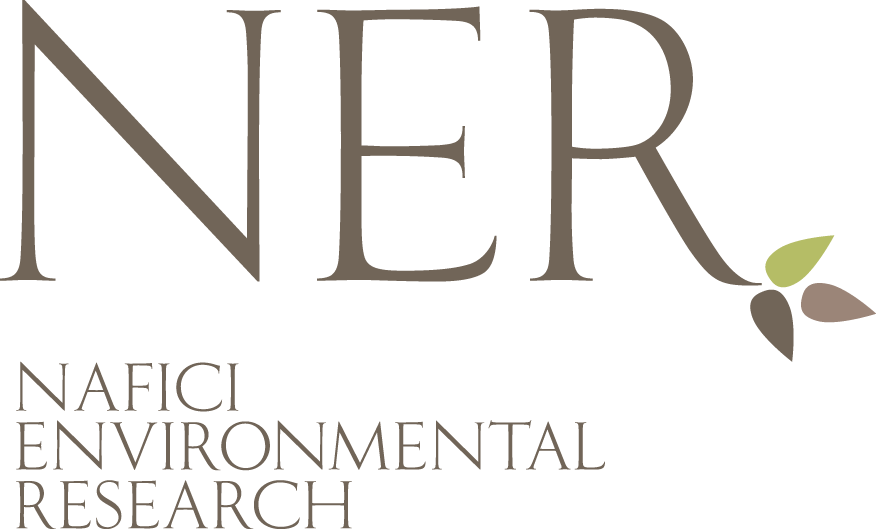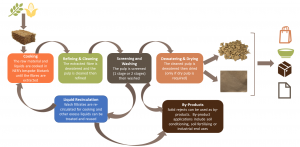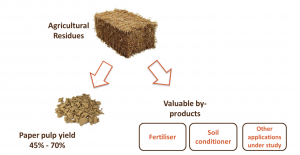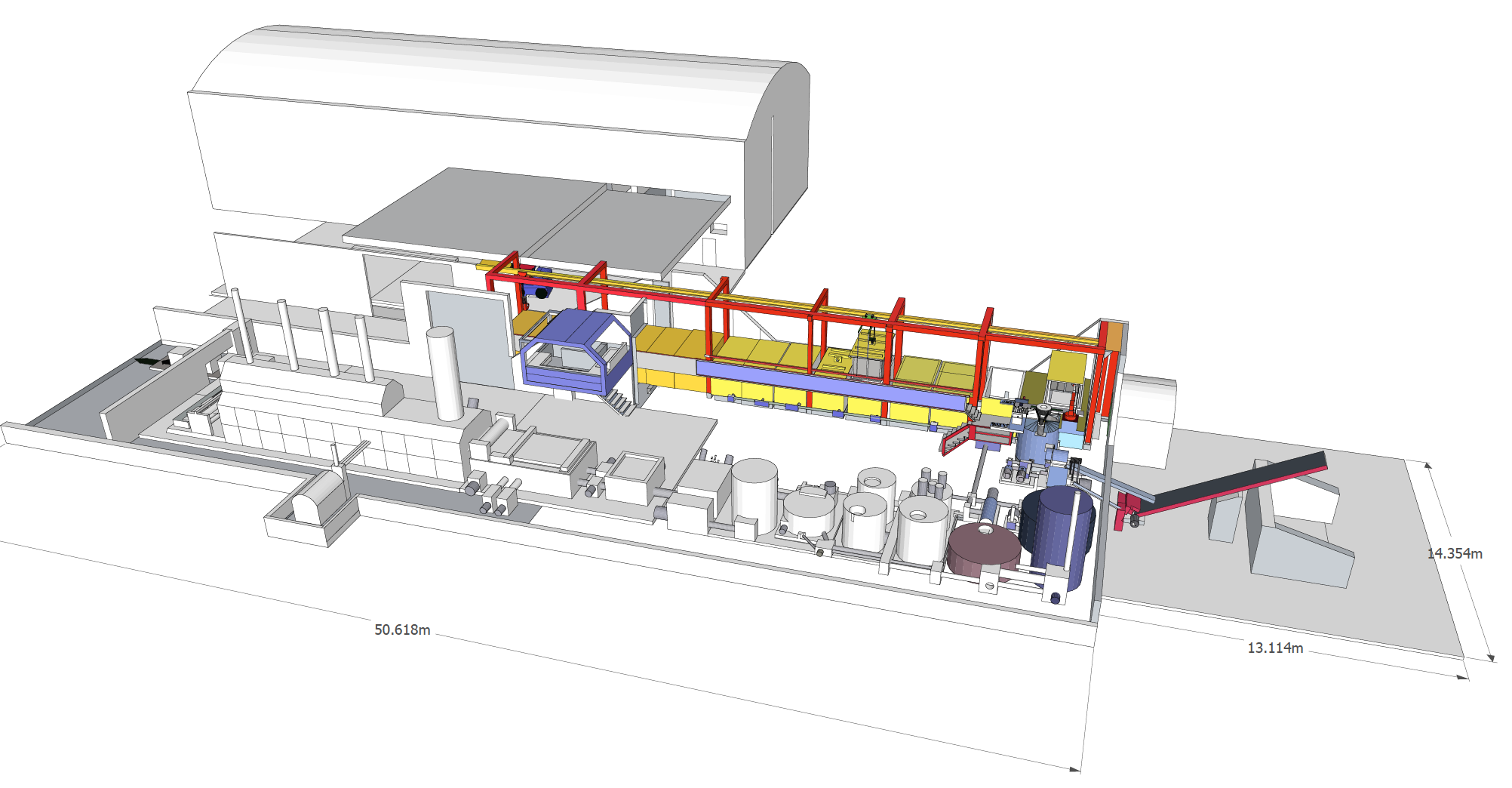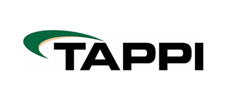Our EcoPulping technology optimises sustainable sources of lignocellulose to produce the pulp. The process uses lower temperatures than traditional pulping. It is virtually a closed water system, consuming less than 5% of the water throughput of conventional pulping. EcoPulping recovers valuable by products that can be used or sold.
![]()
Process Steps
Our process is simple when compared to traditional pulping, using up to 50% less energy with simpler equipment. EcoPulping is a biomechanical process involving cooking, refining, cleaning, screening and washing:
![]()
Yield
Depending on the raw material, the grade and the end use, the yield of EcoPulp is:
- up to 70% for uncleaned pulp
- up to 65% for cleaned pulp
![]()
Installation Types:
EcoPulping plants can be installed at the front end of packaging mills, or as independent units close to sources of agricultural wastes. Installations can be as:
- An independent unit to produce marketable unbleached pulp, for example close to raw material source. In this instance the EcoPulp is sold and transported to the paper or packaging mills.
- A retrofitted installation to paper or packaging mills, where paper or packaging production can be integrated to the EcoPulping mill.
![]()
Commercial EcoPulping mills can be built for small size (20 TPD) up large (400 TPD) plants.
![]()
